Bromberg – DAG
Just southeast of Bydgoszcz (german Bromberg) in an area called Glinki, the germans began in 1939 to build a large ammunition factory. The factory was part of the Dynamit-Aktien Gesellschaft (DAG) group, founded by Alfred Nobel in the 1860s. Over time, the company became the largest producer of ammunition in Germany. The factory in Bydgoszcz was built mainly with the help of slave workers who also came to work with the production itself. In december 1942 the labor force counted about 10 000 slave workers, but at the end of the war as many as about 20 000 worked in the factory. These were housed in camps set up near the factory. The factory in Bromberg became the second largest of all the munitions factories the Germans built during the war. Its main task was to produce explosives (nitroglycerin) and assemble ammunition. About 40,000 – 50,000 slave workers lost their lives during the factory’s existence.
Current status: Partly preserved/demolished with museum (2021).
Location: 53°04' 15.26" N 18°04' 26.07" E
Get there: Car.
Follow up in books: Ulrich, Herbert: Hitler’s Foreign Workers: Enforced labor in Germany under the Third Reich (2006).
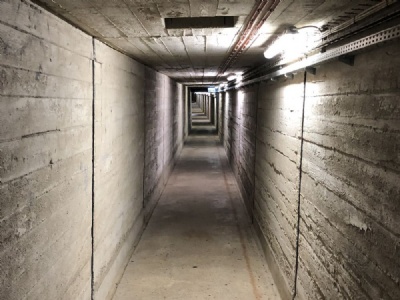
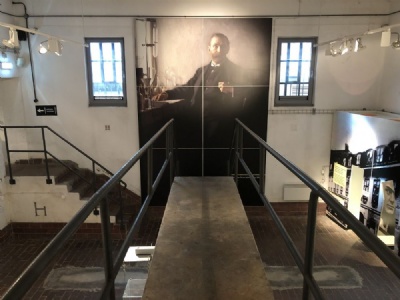
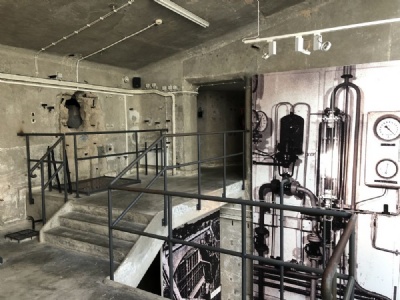


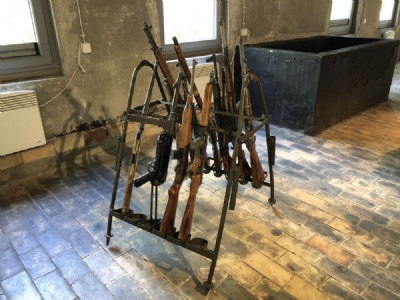
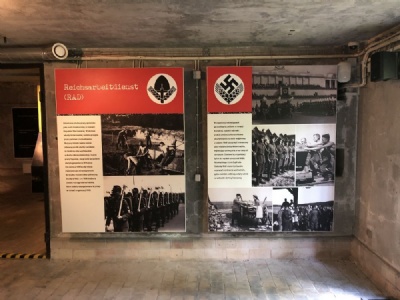
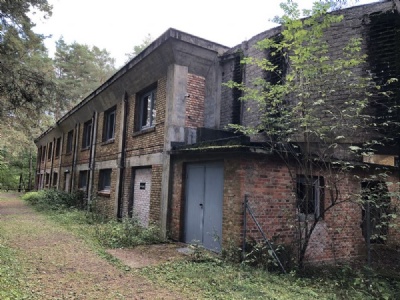
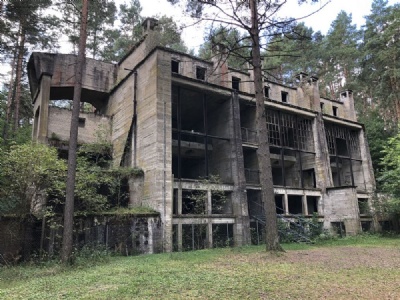
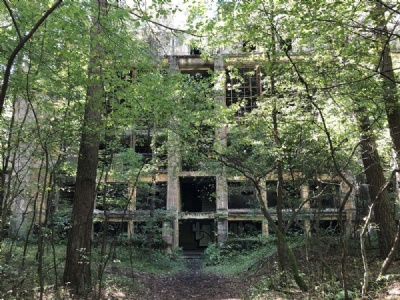


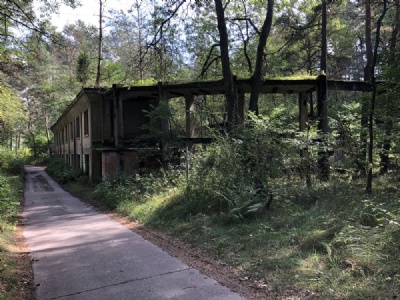
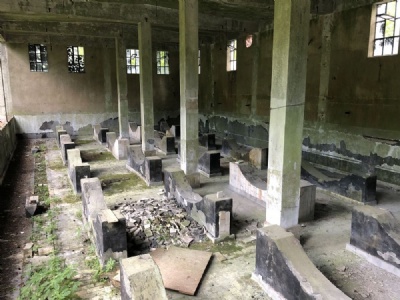
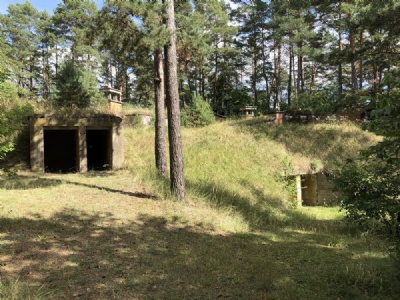
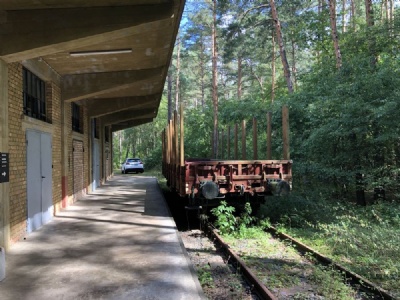
The museum is divided into an indoor exhibition and an outdoor exhibition. Both parts are interesting and includes, not only Second World War, but also pre-Second World War. Several of the rooms and tunnels have been renovated and are bound together by a two-kilometre loop that runs both indoors and outdoors. The exhibitions consist of a mixture of objects, photographs, text and everything is placed in an authentic environment. The big disadvantage is that although the museum is relatively new, all the information is in polish language. Outside the museum and in the surrounding forest there are several ruins. These are dilapidated and you explore them at tour own risk.